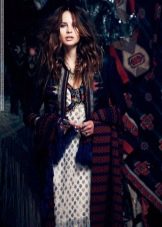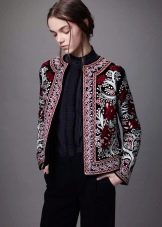Eastern style in clothes
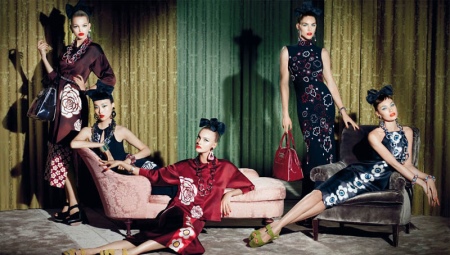
The culture of the East has long fascinated people with its mystery and magnetism. Like many years ago, the oriental style of clothing is still unusual, versatile and attractive.
Eastern style of clothing - modern fantasies
As a fashion trend, it originated in the middle of the last century, thanks to the efforts of the Japanese fashion designer and designer Kenzo Takada. He created a whole empire of traditional clothes of the countries of the East called "Destructive Couture".
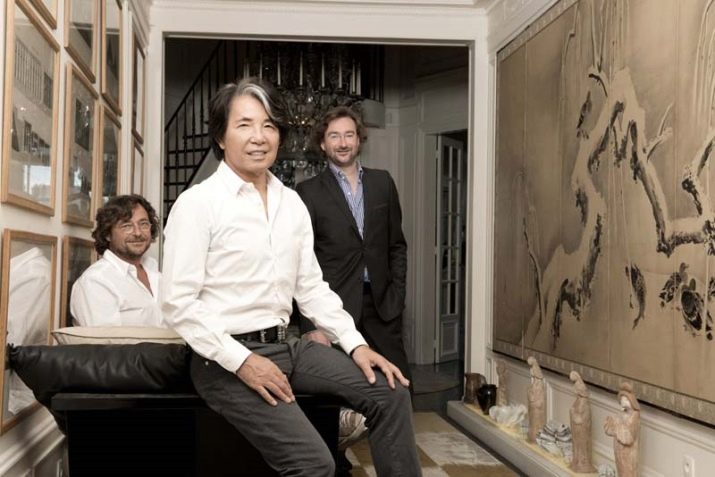
The renowned Japanese master tried to combine Arabic philosophy with sophisticated European attire. He believed that the female body needs physical and spiritual space. This principle formed the basis of many of the stylist's clothing collections and became a real revolutionary decision in the fashion of that time.
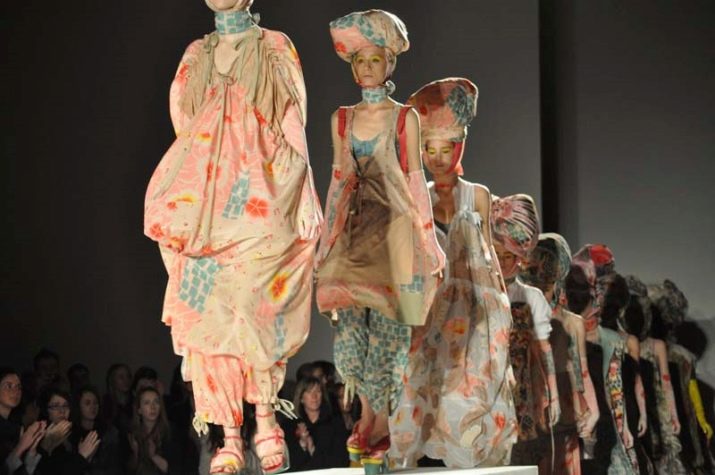
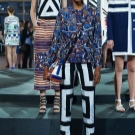
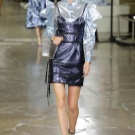
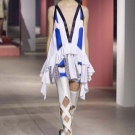

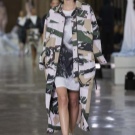
East is a delicate matter
Now the oriental style will unite the culture and customs of India, Thailand, China, Japan and many Arab states. Therefore, it has several different directions, each of which is easy to recognize for certain features and details.
Indian
India's style is known from films and beyond. The traditional women's clothing of this country is a sari, a tunic with wide pants, or a top with a long skirt. All this amazes with its wealth, grace and rich colors.
A sari is a fabric of a certain size that is wrapped around the waist and slung over the shoulder. Linen, cotton or satin of different colors and shades, with patterns, embroidery and ornaments are used for its sewing. Bright large bracelets, beads, pendants, earrings and necklaces are used as accessories for such clothes.
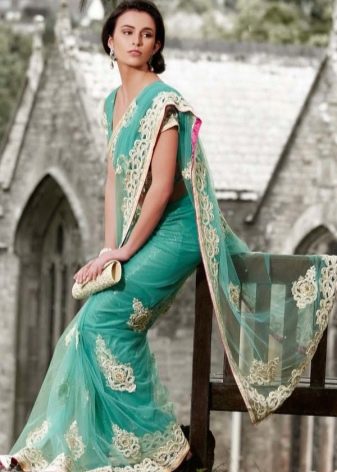
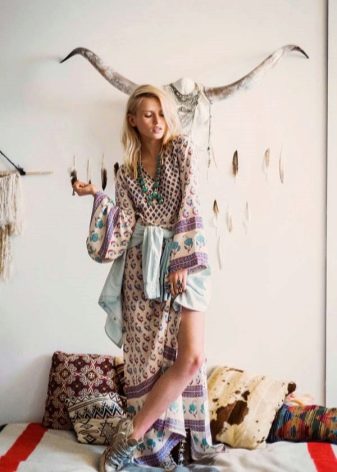


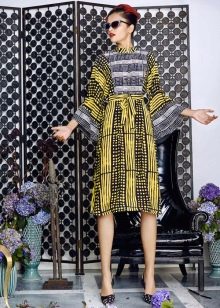
Arab
The style is marked by clean, strict lines in clothing and geometric patterns.Unlike European dresses, Arab clothing is more closed, there is no neckline and short skirts. It is sewn from light, airy fabrics such as silk, brocade, chiffon, satin and velvet. The styles of women's outfits are free: they do not hinder movement when walking and emphasize the natural grace of a woman.
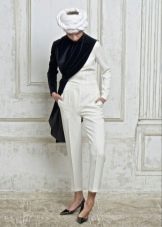
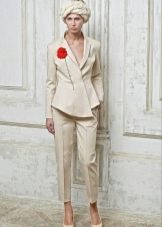
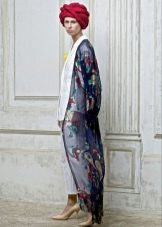
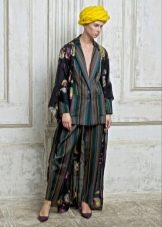
Typical elements of clothing are a long dress with flared sleeves, a caftan, a belt with patterns, tunics, wide trousers and a hijab covering the head. The Arabic image is elegant and attractive: patterned fabrics, modest cut, stylish jewelry - all this creates harmony and mystery.
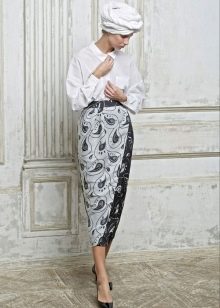
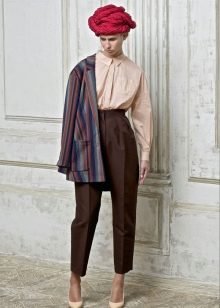

Asiatic
The style includes Japanese motives. The deep philosophy of human unity with the outside world is reflected in clothing. The outfits are bright, laconic and restrained. The dresses have a straight cut. Trousers, sweaters and coats that imitate kimonos have side slits. Fabrics in natural shades with different patterns, for example, floral patterns.

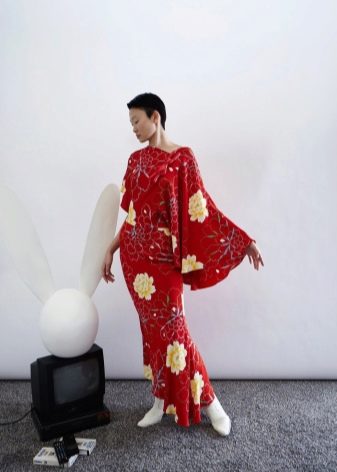
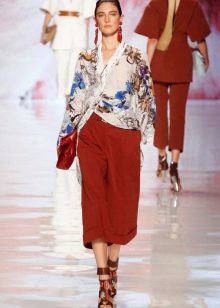


- The Japanese direction differs from other styles in details and accessories. The image of the Land of the Rising Sun is complemented by jewelry made from natural materials: wood, stone or seafood.

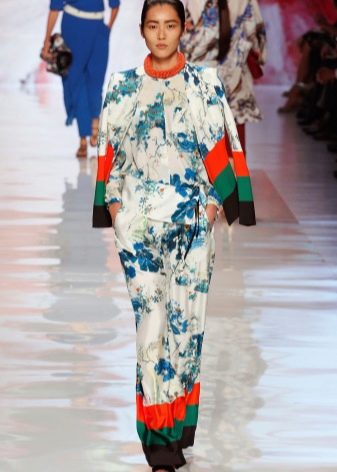



- The Chinese style is simple and elegant. Qipao blouses, sweaters and tangerine jackets, which are often sewn with stand-up collars, are harmoniously combined with tight trousers and long skirts.
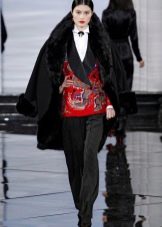
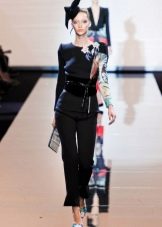


These clothes are made of silk and have minimal decor, for example, hinged loops and graceful buttons. The Chinese also love jewelry: flower brooches, hairpins, and pearls. But they have a basic rule - use only one detail in one image.
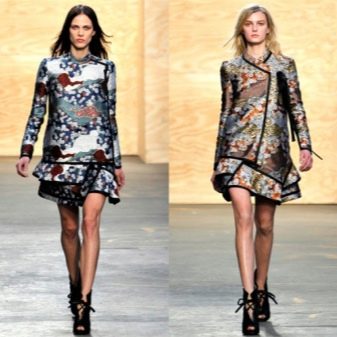
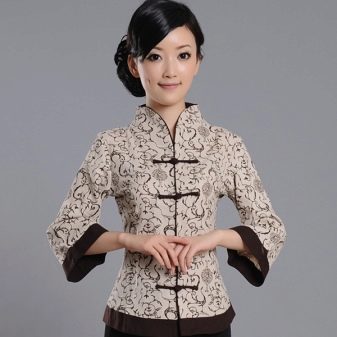
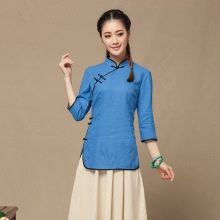
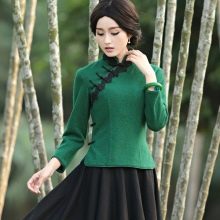
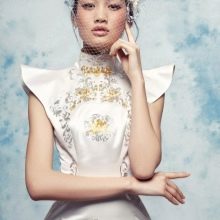
View from Europe
European stylists and designers love to work with oriental influences. In their collections, they often use exotic details to add mystery and sophistication to the feminine look. In their opinion, the oriental style will never lose its relevance, as it gives free rein to imagination and endless possibilities.
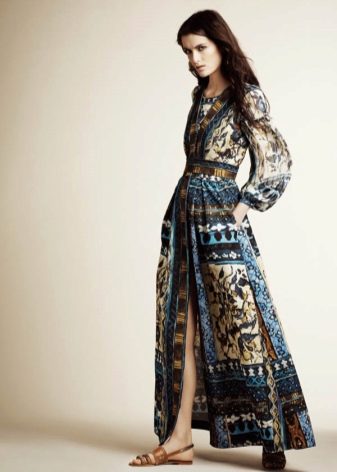
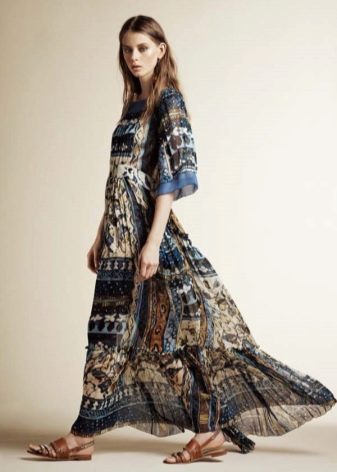


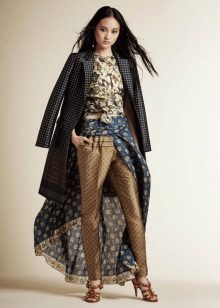
Despite the diversity, clothing for women in Asian and Arab countries has common characteristics:
- rich colors and an abundance of colors;
- natural, lightweight fabrics;
- many small and bright accessories used as decoration: beads, rhinestones, stones, gold and silver threads;
- variety of draperies and loose fit;
- layering, modesty and minimalism of outfits: the absence of short skirts and neckline;
- the face, hands and feet remain open;
- a large number of jewelry, including those made from natural materials;
- Flat shoes such as clogs, sandals, or ballet flats with embellishments and fastening straps.
- variety of prints: from floral motifs to symbolic images. It can be sakura, dragon, tiger, crane and all kinds of geometric shapes.
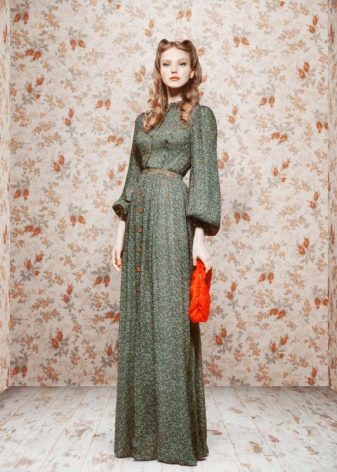

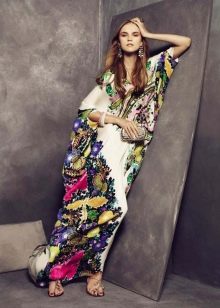
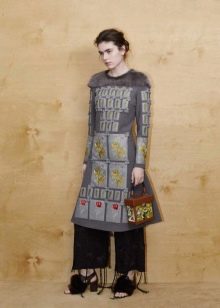

Stylish woman's wardrobe
Fashionistas from different countries prefer oriental flavor in their clothes. Their wardrobe is filled with different outfits: everyday, home and for going out. Dresses, blouses, skirts and trousers are comfortable to wear as they are lightweight and loose.
Modern oriental clothing can include the following elements:
- Closed long summer dresses of different colors and shades with an abundance of jewelry and accessories. They can be safely worn at important events, for example, at a party or at a wedding.

- Sheath-style dress with a stand-up collar is still in vogue. It looks austere and elegant as it reflects Chinese minimalism. This outfit deserves respect. It is comfortable, beautiful and fits any female figure. Slender girls and crumpets, young girls and ladies of venerable age should definitely get a sheath dress. In it you can go to work and attend cultural events. A rich imagination will allow women to add stylish accessories and matching shoes to their outfits.


- Oriental dresses with prints and pleats are appropriate for evening walks. Such things emphasize fragility and femininity.Contrasting inserts can visually lengthen the figure and hide many imperfections. Both warm and cool colors are in fashion this year.
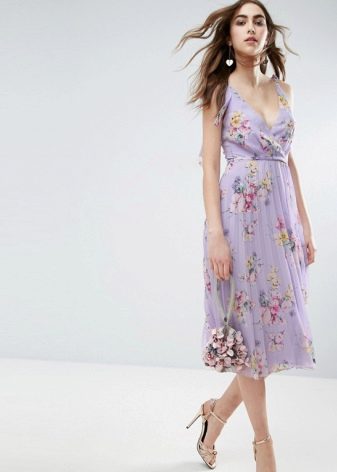
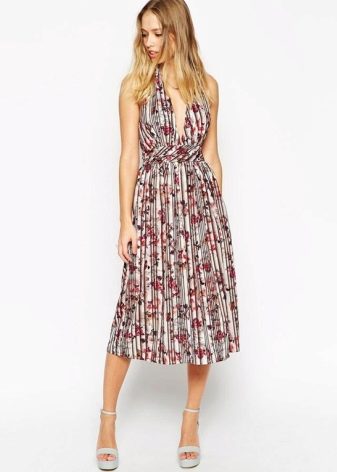
- The kimono, which is the symbol of the Land of the Rising Sun, is presented today in different versions. Wide sleeves, T-shaped cut, matching drapery and tucked hem of the skirt add some charm. Over time, the classic outfit has changed. Today, many models are no longer perceived as the national costume of Japan. Most of them have an insert at the waist that simulates a belt. Contemporary products in various lengths. They can be worn not only by slender young ladies, but also by those with curvaceous shapes, broad shoulders, a narrow pelvis and an "apple" figure.

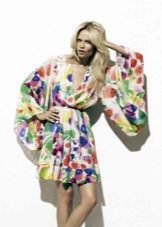


- Recently, many girls prefer to wear a stylized sari - a dress with trousers. There is no particular style here. This is a versatile type of clothing that you can wear at home, at work or for a holiday.
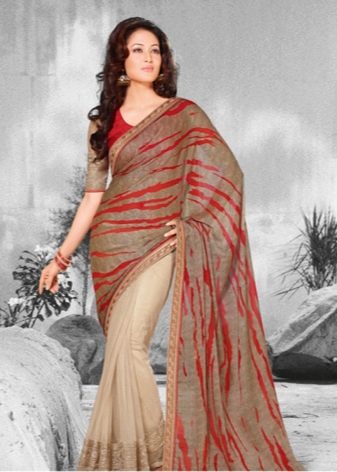
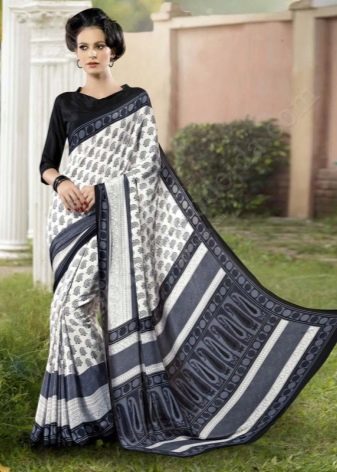
- An important attribute of any oriental costume is a tunic. Modern models delight with their diversity. Tunics are long and short, loose and fitted, with cuts, with or without sleeves. Tapered or loose trousers are usually worn under the tunic.

- Women's oriental shirt is presented in different forms. It is sewn from lightweight fabrics and can be in the form of a tunic or kimono.
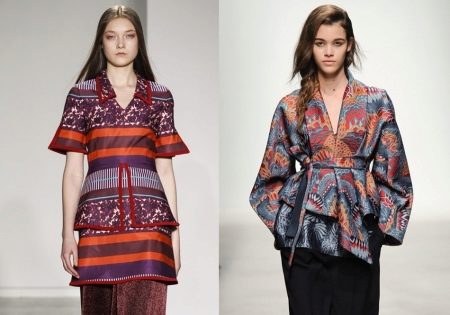
- Loose light trousers have many names, such as saruel, salwar, aladin and sultan. They have spread all over the world. Wide trousers of different styles can be used not only in everyday life, but also during dancing and sports. They are ideally combined with a top, plain T-shirt or blouse. Oriental trousers are always a stylish and original solution.
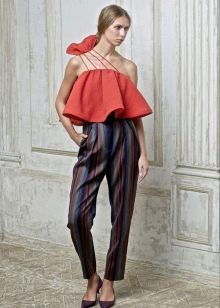
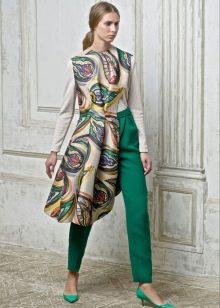

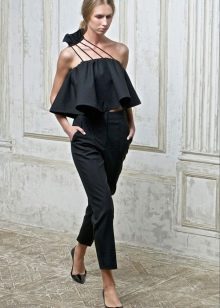
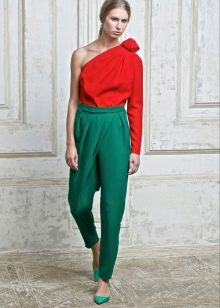

- The skirts are luxuriously decorated. They are lightweight, comfortable and allow you to create a full-fledged look that will fit into the business and casual style of clothing. An oriental skirt does not have to be combined with ethnic items and accessories.
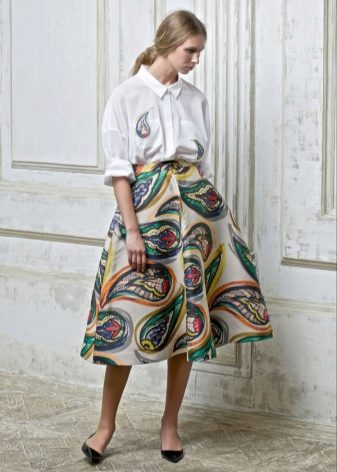
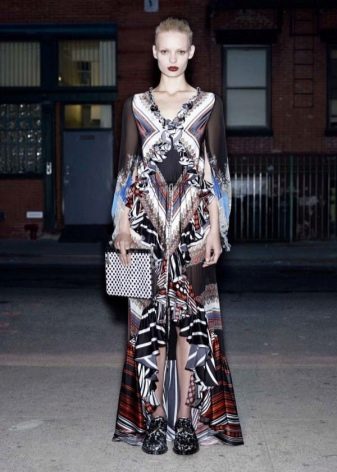
- Costumes know no boundaries. They can be bright and consist of the following elements: tunic and trousers, blouse and skirt, shirt and trousers, dressing gown.


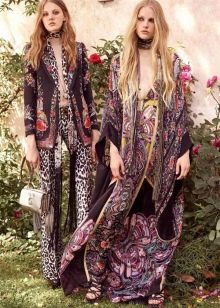

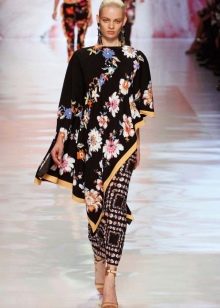
- The shoes are simple and comfortable as they do not have a heel. These can be sandals, wedges or ballet flats, decorated with beads or patterns.
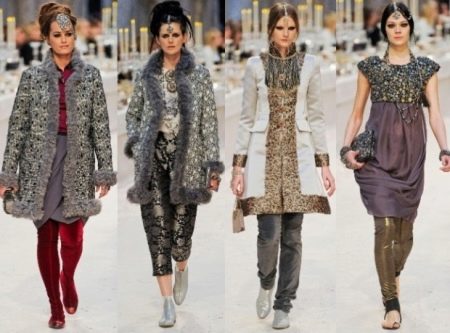
For connoisseurs of oriental culture
Clothes in oriental style are bright and unique. She fell in love with many women and girls. They note that such outfits are beautiful, light and suitable for any figure. It is appropriate to wear them in everyday life and on holidays.
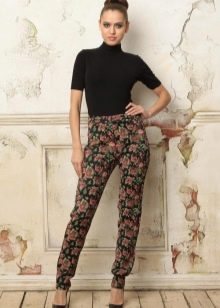
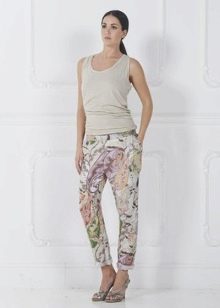
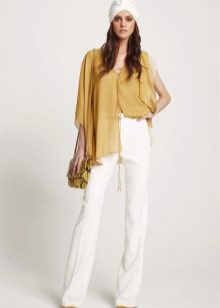
Dresses, blouses, harem pants, tunics, kimonos retain the flavor of a particular country and hide flaws. The texture of fabrics and models of outfits impress not only adults, but also little fashionistas. The refined and sophisticated culture of the East has presented the fair sex with endless possibilities and creative ideas.
